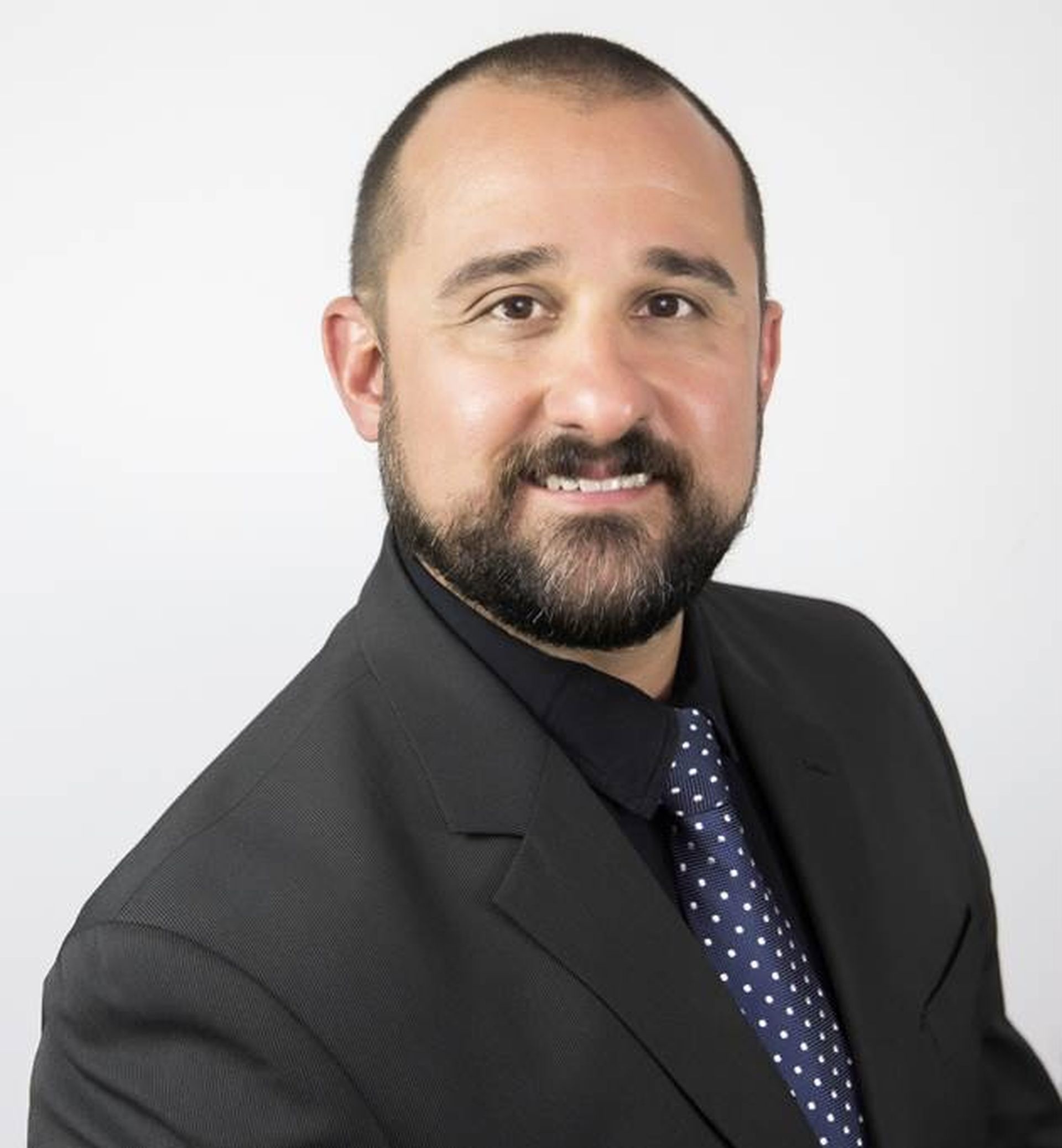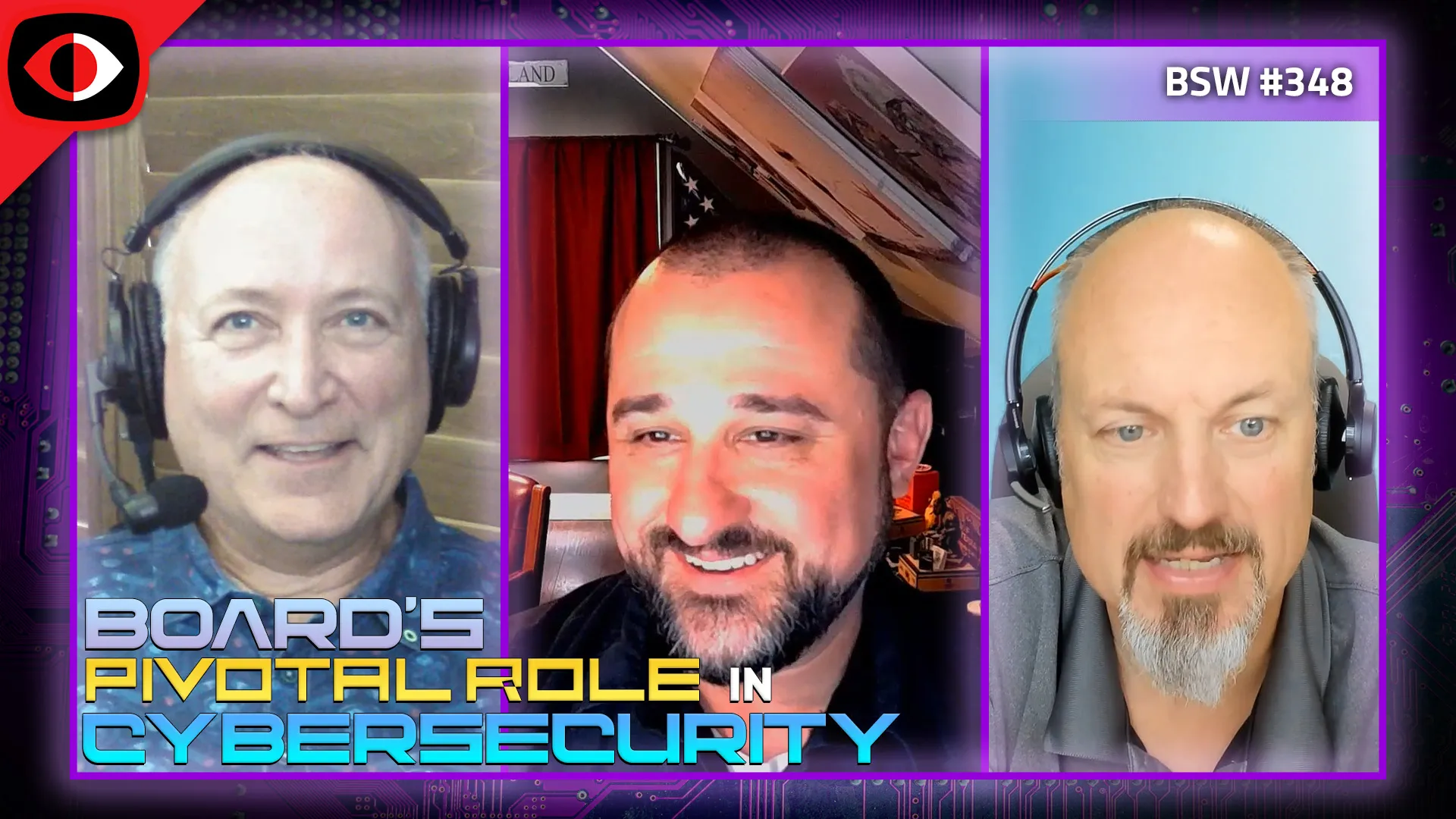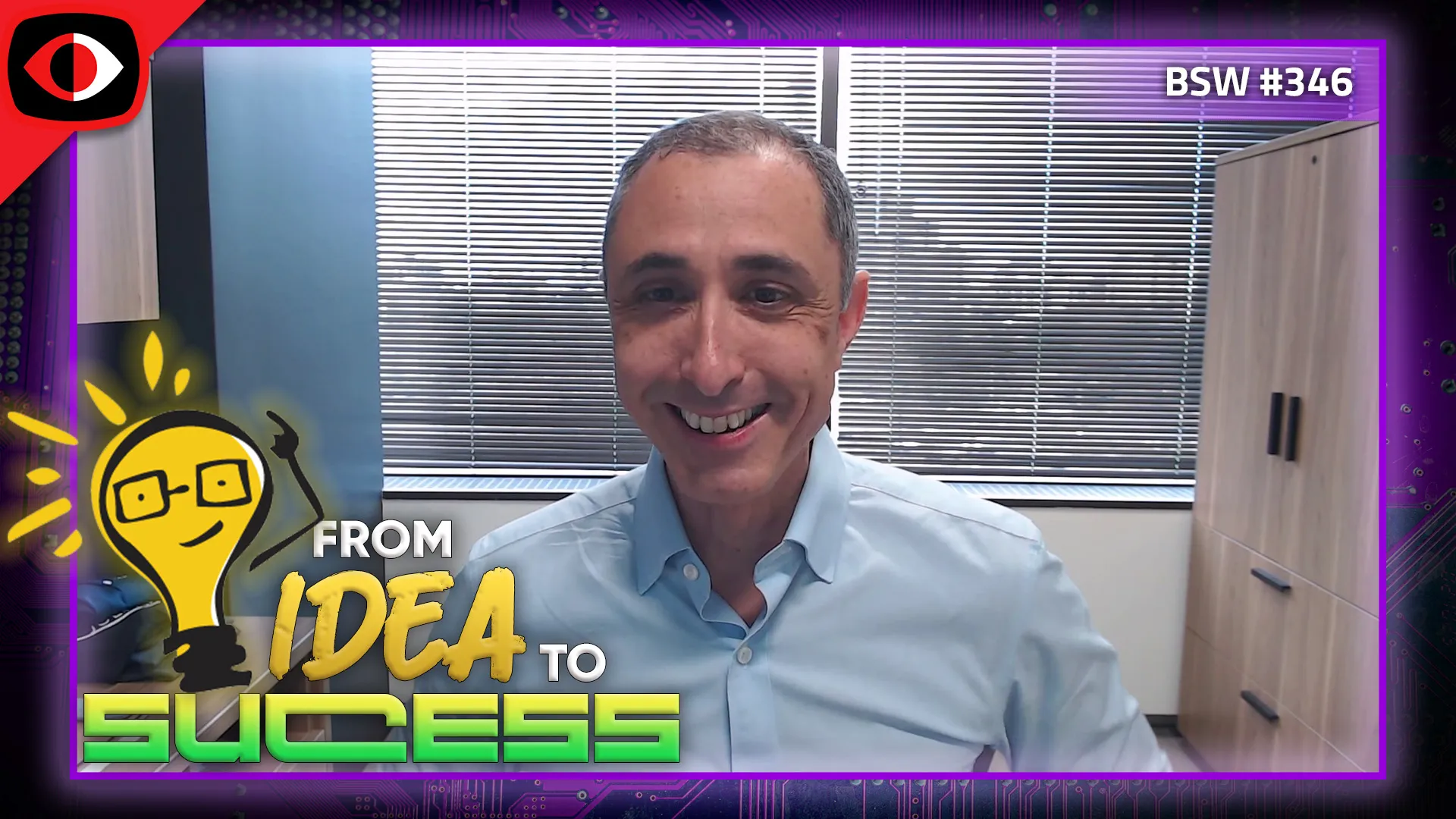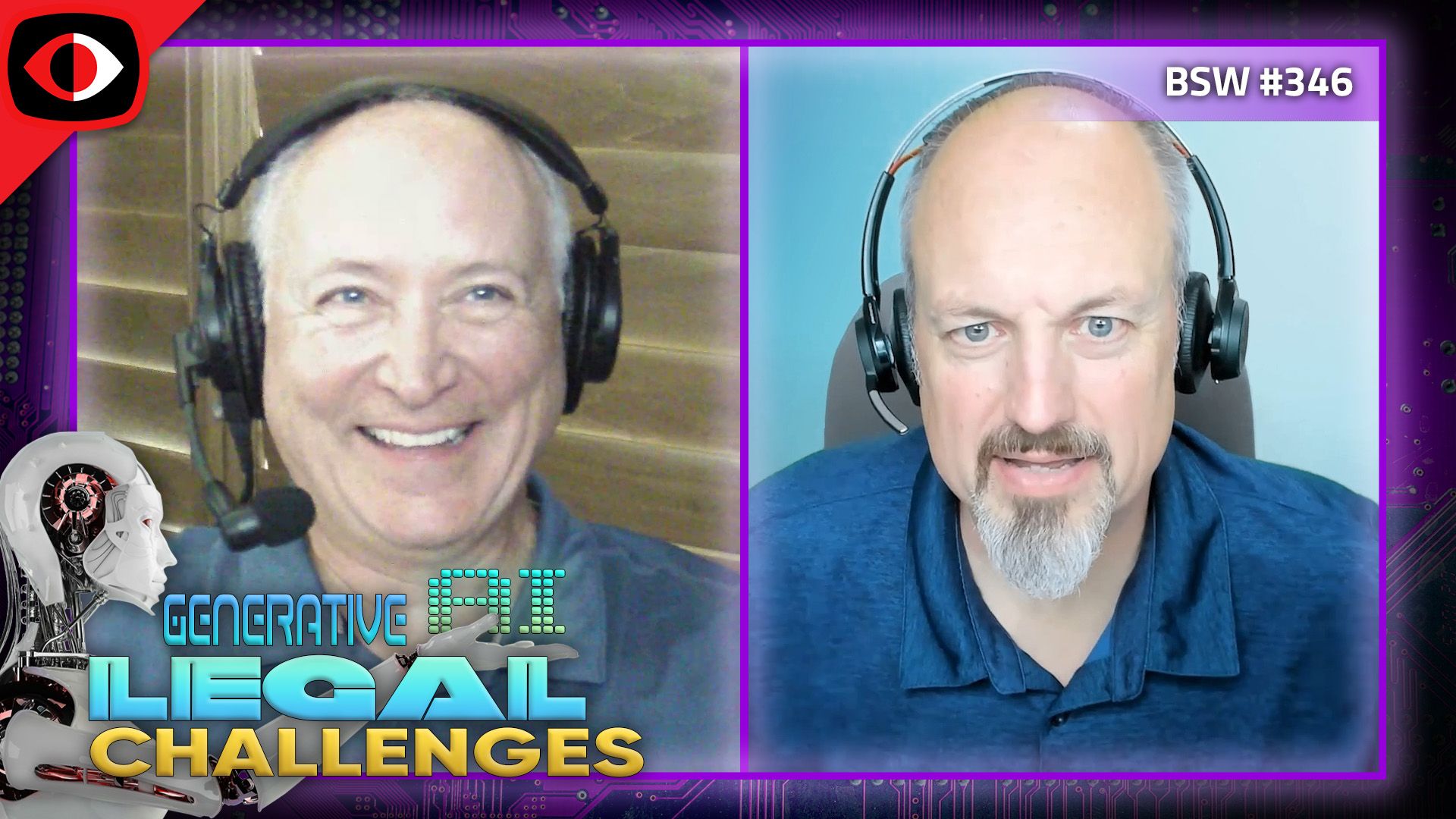BSW #296 – Terry Ray
Full Audio
View Show IndexSegments
1. Why Driving Better Healthcare Patient Outcomes Starts With Cybersecurity – Terry Ray – BSW #296
From protecting application and data from cyberattacks to meeting compliance regulations, healthcare providers face the complex challenge of providing secure and reliable access to medical data. In this segment, Terry Ray joins Business Security Weekly to discuss common attack trends and security challenges that healthcare providers face along with guidance for securing healthcare data and applications. This segment is sponsored by Imperva. Visit https://securityweekly.com/imperva to learn more about them!
Announcements
As a member of the Security Weekly community, we are pleased to offer you 20% off your InfoSec World 2023 tickets! Join a community of over 2,000 security professionals and innovators at InfoSec World on September 25th through 27th at Disney’s Coronado Springs Resort. Experience world-class learning and networking through enlightening keynotes, informative panel discussions, interactive breakout sessions, hands-on workshops, and more.
Register today at securityweekly.com/infosecworld2023 using code ISW23-SECWEEK20!
Guest

Terry Ray is SVP, Data Security GTM and Field CTO at Imperva. He was the company’s first U.S.-based employee and previously served as chief technical officer, chief product strategist, and vice president of security engineering. Terry has worked closely with customers on hundreds of application and data security projects to meet the security requirements and demands of regulators in every industry. Terry holds a B.A. in management information systems from the University of North Texas.
Hosts
2. Leadership: Importance, Factors that Drive Success, and Subtraction – BSW #296
In the leadership and communications section, Your Biggest Cybersecurity Risks Could Be Inside Your Organization, Subtracting: The Simplest Path to Effective Leadership, How to Be a Good Interviewer, and more!
Announcements
We’d like to invite our listeners to be part of our 2023 SC Awards!
Our prestigious and competitive SC Awards program recognizes outstanding innovations, organizations, and leaders that are advancing the practice of information security. This year, there are awards in 36 categories up for grabs, including best IT security-related training program, innovator of the year, best SASE solution, and more. We’d love to see your company in the spotlight!
Visit securityweekly.com/scawards to submit your entries by March 20!
Hosts
- 1. Your Biggest Cybersecurity Risks Could Be Inside Your Organization
Today more than 300 million people are working remotely — creating, accessing, sharing, and storing data wherever they go — and data breaches arising from insider threats and simple mishaps can cost businesses an average of $7.5 million annually. Ultimately it doesn’t matter if a breach is intentional or accidental. Insider risk programs should be part of every company’s security strategy. To be successful, organizations should lead with their employees as partners in the effort and supplement their program with advanced tools that detect and mitigate insider risks wherever they arise. The author offers four lessons he’s learned as Microsoft’s chief information security officer.
- 2. NIST Shores Up CSF 2.0 With Supply Chain, Governance Reforms
The U.S. Dept. of Commerce National Institute of Standards and Technology (NIST) will open a comment period for stakeholders on proposed significant reform to its Cybersecurity Framework (CSF).
In advance of the public comment period, the standards organization wrapped up the last stakeholder workshops last week. It is the first time in five years that NIST has sought sweeping changes to the voluntary framework, which is designed to help provide “guidance to organizations to better understand, manage, reduce and communicate cybersecurity risks. It is a foundational and essential resource used by all sectors around the world.”
- 3. THE IMPORTANCE OF LEADERSHIP
There is no exact definition for what a leader does. Each leader’s style of leadership is influenced by their personality and the challenges that they are faced with. There are, however, some qualities that all good leaders share. They are:
- Accountability.
- Awareness.
- Confidence.
- Decisiveness.
- Empathy.
- Focus.
- Honesty.
- Inspiration.
- Optimism.
- 4. Leadership Facets That Drive Success
Within an organization, employees always want to have ongoing conversations with managers to get direction on their business and discuss what they want to accomplish for the business, what the business needs, and what they want to do next with their careers. Employees need to know if their manager is investing in their development. Leaders, whether virtual or face-to-face, use a Communication, Feedback, and Recognition (CFR) model that provides critical insights for employees to see the company’s commitment to fulfilling their potential.
- 5. Subtracting: The Simplest Path to Effective Leadership
When entrepreneurs think about improving their leadership skills, they often focus on adding new skills, knowledge, and behaviors. However, what we as entrepreneurs often overlook is the power of subtraction. In many cases, removing something from our leadership toolkit can be even more effective in helping us become better leaders.
By adopting subtraction, I am able to create the space necessary to focus on what really matters and prioritize my goals more effectively. In this article, I will explore the concept of subtraction as it relates to leadership, and how it helped me be a better team leader.
- 6. How to Be a Good Interviewer (With Pro Tips & Examples)
Conducting effective interviews can help you avoid the costly mistake of a bad new hire. According to CareerBuilder, the average cost of a bad hire in the US is $15,000, while the average cost of losing a good hire is almost $30,000. This is an important perspective!
Remember, the interview process often shapes how a new hire (both good and bad) feels about your company. Your goal is not only to avoid bad hires but also to ensure a good hire is prepped for loyalty and longevity right at that first interview.







